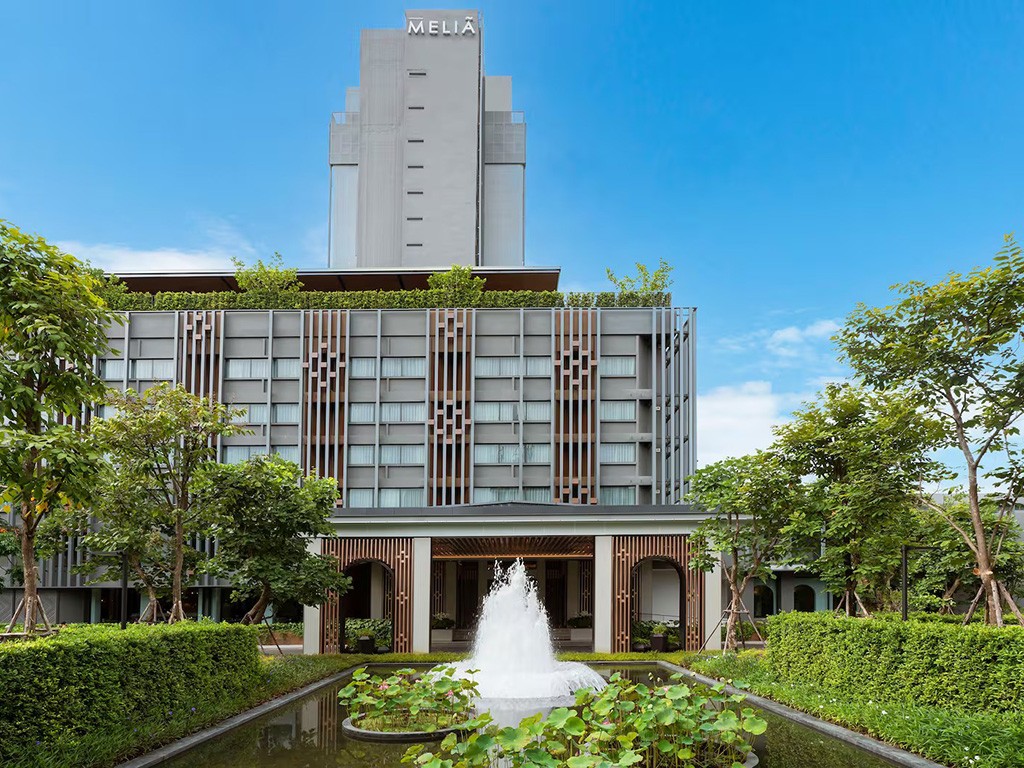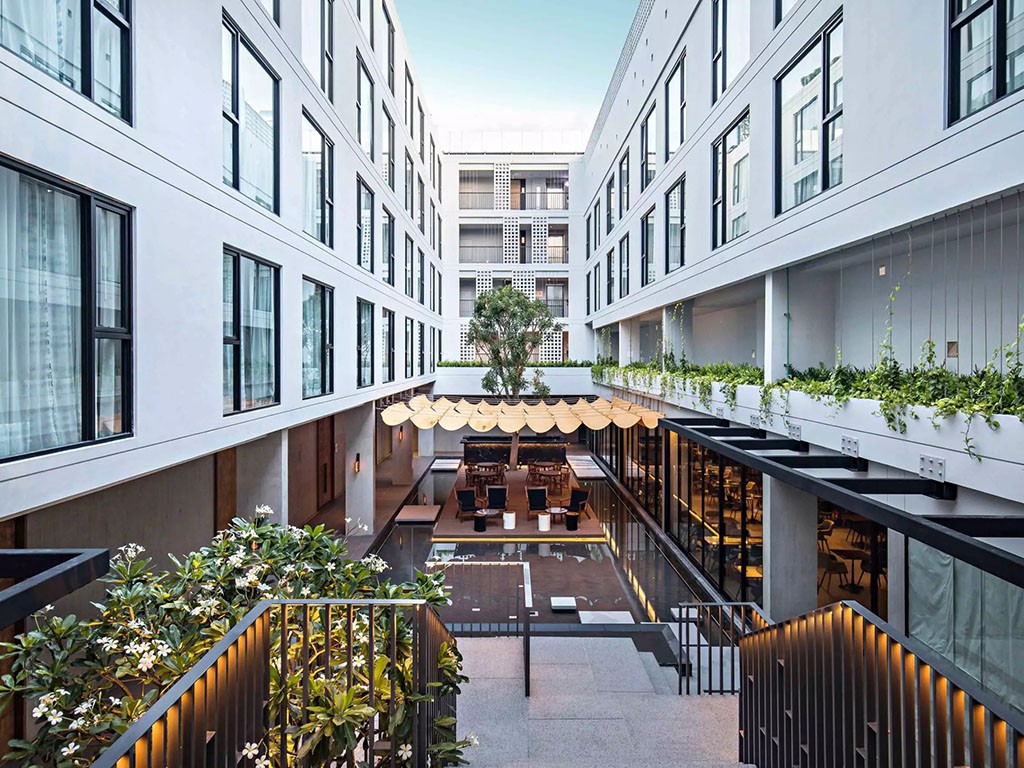“Wat Ku Tao is renowned for its five-tiered, gourd-shaped Ku Tao Chedi in Yunnan-Burmese style, built to house the ashes of Phra Chao Norathamengso. The temple is also a cultural hub for the Shan people and hosts the annual Poi Sang Long novice ordination festival, a vibrant traditional ceremony.”
Wat Ku Tao, officially known as Wat Weluwnaram (“Temple in the Bamboo Forest”), was built around 1713 CE during the Burmese rule of Lanna. The name "Ku Tao" comes from the local Lanna language: "Ku" means a container for ashes, and "Tao" means melon or gourd, together meaning "gourd-shaped ash container."
Ku Tao Chedi: Unique Lanna Architecture
The Ku Tao Chedi is one of Thailand’s most distinctive and remarkable architectural structures:
-
Shape: The chedi is round, resembling five large gourds stacked from base to top, believed to symbolize the five Buddhas in Mahayana Buddhism. It was built to enshrine the ashes of Phra Chao Norathamengso, the first Burmese ruler of Chiang Mai.
-
Decoration: The chedi is decorated with stucco and colored-glass tiles, forming delicate floral patterns throughout, reflecting Yunnanese and Burmese influences.
Shan Cultural Center and Poi Sang Long Festival
Wat Ku Tao is the spiritual and cultural center for the Shan people in Chiang Mai and is the main venue for the Poi Sang Long festival:
-
Significance: This festival is the traditional novice ordination ceremony for Shan boys, a major merit-making event for families and the community.
-
Sang Long (Novice Boys): Participating boys, called "Sang Long" or "Precious Ones," are dressed like princes with ornate crowns and makeup, symbolizing Prince Siddhartha before renunciation.
-
Parade: A key feature is the parade, in which the boys are carried on horseback or by attendants, representing the transition from a princely to monastic life.
How to Get There
By private car/taxi:
- The temple is on the old Chiang Mai–San Kamphaeng Road. From Chiang Mai city, head east past Nong Prateep Intersection. The temple entrance is on the right shortly after the San Kamphaeng junction.
Travel Tips
-
Chedi: Observe the unique gourd-shaped structure and the intricate colored-glass decorations.
-
Festival: If visiting in March or April (depending on the schedule), attend the Poi Sang Long festival, celebrated with vibrant Shan cultural colors.
-
Best Time to Visit: The temple can be visited year-round, but early morning to late afternoon is ideal for viewing the architecture and chedi.
-
Recommendations: As the chedi and temple are historic, walk carefully, behave respectfully, and avoid touching any ancient objects.
-
Dress Code: Visitors should wear modest clothing.
-
Suitable For: Those interested in Shan culture and traditional festivals.
-
Photography: Flash photography is not recommended for ancient artworks.
Admission Fee:
- Free
Opening Hours:
- Open daily, approximately 06:00 – 18:00

































